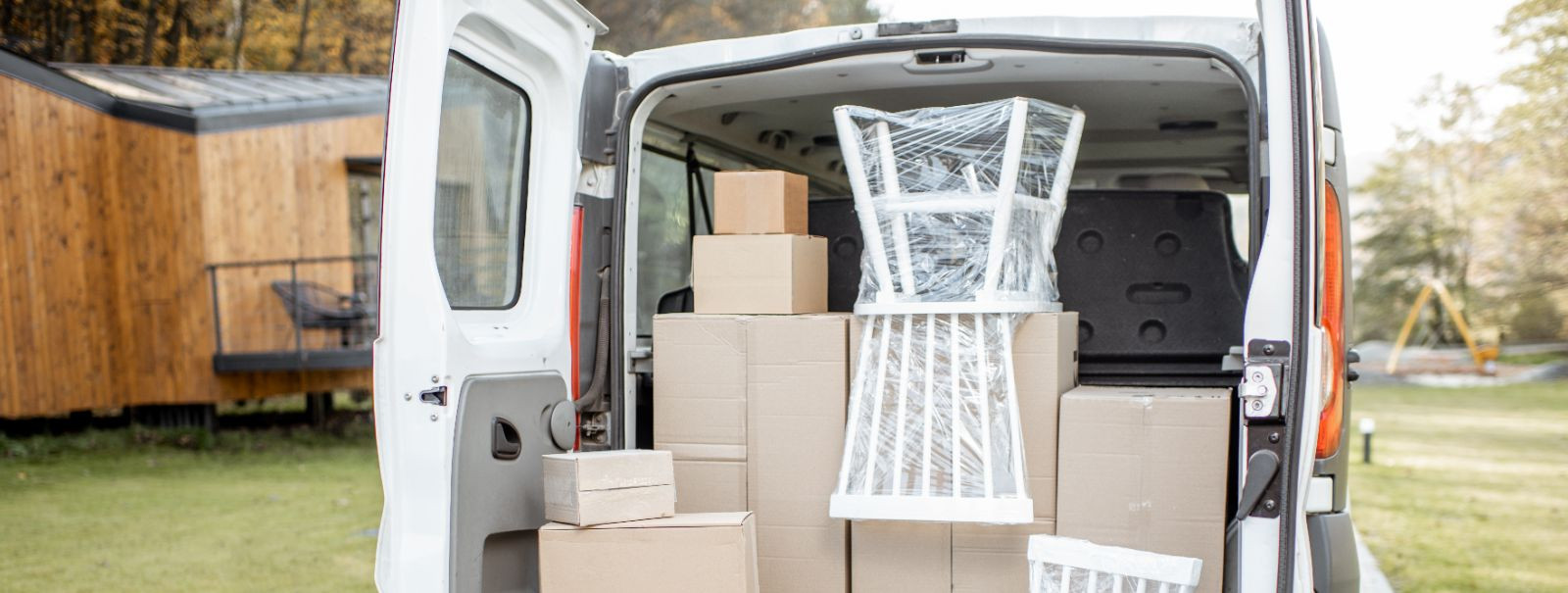How to ensure your furniture moves safely: tips from the pros
Moving furniture can be a daunting task, whether you're relocating your home or office. Ensuring the safety of your belongings during a move is paramount, and with the right knowledge and preparation, you can achieve a stress-free transition. In this post, we'll share professional tips to help you move your furniture safely.
Pre-Move Preparation
Start by cataloging all the furniture you plan to move. This inventory will help you keep track of your items and assess their condition before and after the move.
Invest in quality packing materials such as bubble wrap, packing paper, moving blankets, and sturdy boxes. These materials will protect your furniture from scratches, dents, and other damages.
Whenever possible, dismantle your furniture to make it easier to transport. Remove legs from tables, take apart bed frames, and separate sections of modular sofas. Keep all screws and hardware in labeled bags so you can easily reassemble the pieces later.
Packing Techniques
Wrap each piece of furniture in bubble wrap or moving blankets to cushion against impacts. For extra protection, use corrugated cardboard sheets along the corners and edges.
Secure drawers and doors with stretch wrap or moving straps to prevent them from opening during transit. If you remove any parts, such as shelves or knobs, pack them separately and label them accordingly.
When packing a moving truck or container, place the heaviest items on the bottom and distribute the weight evenly. Use the space inside drawers and appliances to pack lighter items like linens or clothing.
Transportation Strategies
Choose a vehicle that's large enough to accommodate your furniture without overcrowding. SAARE TRANSPORT OÜ offers a range of vehicles, including after-trailers and minibuses, to suit different moving needs.
Load heavier items first, followed by lighter ones. Use moving straps and ropes to secure the furniture in place, and ensure there's no movement during transit. When unloading, take care not to rush and handle each item with care.
During transit, it's crucial to prevent any movement of the furniture. Use tie-downs and ratchet straps to secure items to the sides of the moving vehicle, and place padding between furniture pieces to avoid friction.
Moving Special Items
Antiques and valuable pieces require extra care. Use custom crates and padding to ensure their safety, and consider hiring professional movers with experience in handling such items.
For electronics and appliances, use original packaging when available. If not, wrap them in anti-static bubble wrap and secure them in boxes with plenty of cushioning material.
Unpacking and Post-Move Care
Unpack systematically, starting with the essentials. Assemble and place your furniture in its designated spot before moving on to the next item.
After the move, inspect your furniture for any damage. Tighten any loose screws and give your furniture a thorough clean to remove any dust or debris accumulated during the move.






Comments (0)